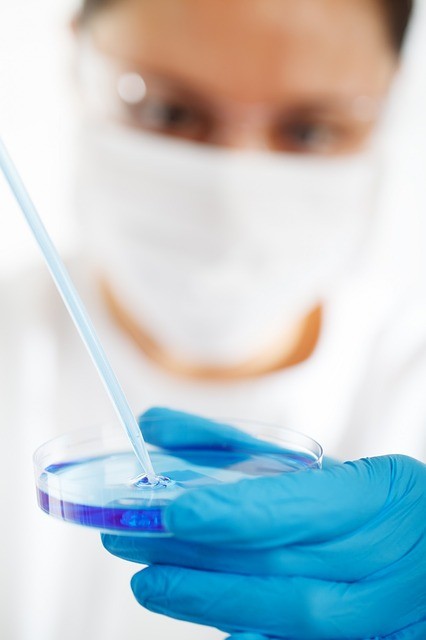Errors Found in Stem Cell Research Claimed Harmless

Two errors have been identified in the publication of research on a revolutionary stem cell creation technique. Investigators are saying these errors were not intentional and do not undermine the legitimacy of the study's data.
The work being investigated are two high-profile papers published in January that detail the study and steps involved in the formation of STAP stem cells. The process, called stimulus-triggered acquisition of pluripotency (STAP) involves bathing mature cells in a semi-acidic solution and then culturing them in a nutrient gel that is used to help embryonic stem cells multiply. According to the Japanese research team that published the work, this results in lab-grown stem cells that work just like the coveted but controversial embryonic stem cell.
If this process truly works, it would be a game-changing finding, allowing stem-cell researchers to work with the equivalent of high-potential embryonic stem cells once more without fear of moral or legal backlash. However, the Scientifics community has been up in arms since the study's publication, expressing doubts about the research's legitimacy and pointing out apparent flaws in the Japanese research team's papers.
To quell doubts, RIKEN, the Japanese scientific institute the study's author is associated with, launched an investigation mid-February looking into legitimate concerns about the research's authenticity. According to a statement by the institute, the investigation has already found two "inappropriate errors."
Both of these errors concerned images in the publications themselves, and not the actual data. One image involved unnaturally colored cell parts in an image. While misleading, investigators concluded the preparation of this image did not constitute fabrication and had not been intended for misrepresentation.
The second error concerned two pictures of mouse placentas that had been saturated with STAP cells. Critics had raised concerns that these pictures were identical, which the investigation team later confirmed. However, the research team explained in an apology that they intended to delete one of the pictures prior to publication and simply forgot.
The Investigation team concluded that both these errors had little influence on the scientific data of the study, and did not undermined its findings.
Four more potential errors have been called into question that are still under investigation. These involve doctored images and even potential plagiarism, which would be a serious offense.
Earlier this week, Teruhiko Wakayama, a co-author of the studies in question, had called for the work published in Nature to be withdrawn so that data can be verified and a host of potential errors can be amended.
However, Dr. Charles Vacanti, study co-author and the original discoverer of the STAP process has said that there is no reason to retract the work, insisting that the findings and data are legitimate and will be found to be so by investigators.
The RIKEN Institute released its report on March 14.
The STAP study was first published in Nature on January 29.
Mar 14, 2014 02:19 PM EDT




